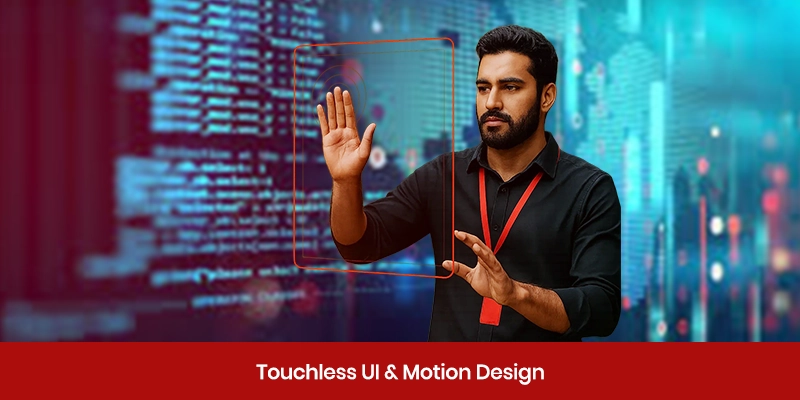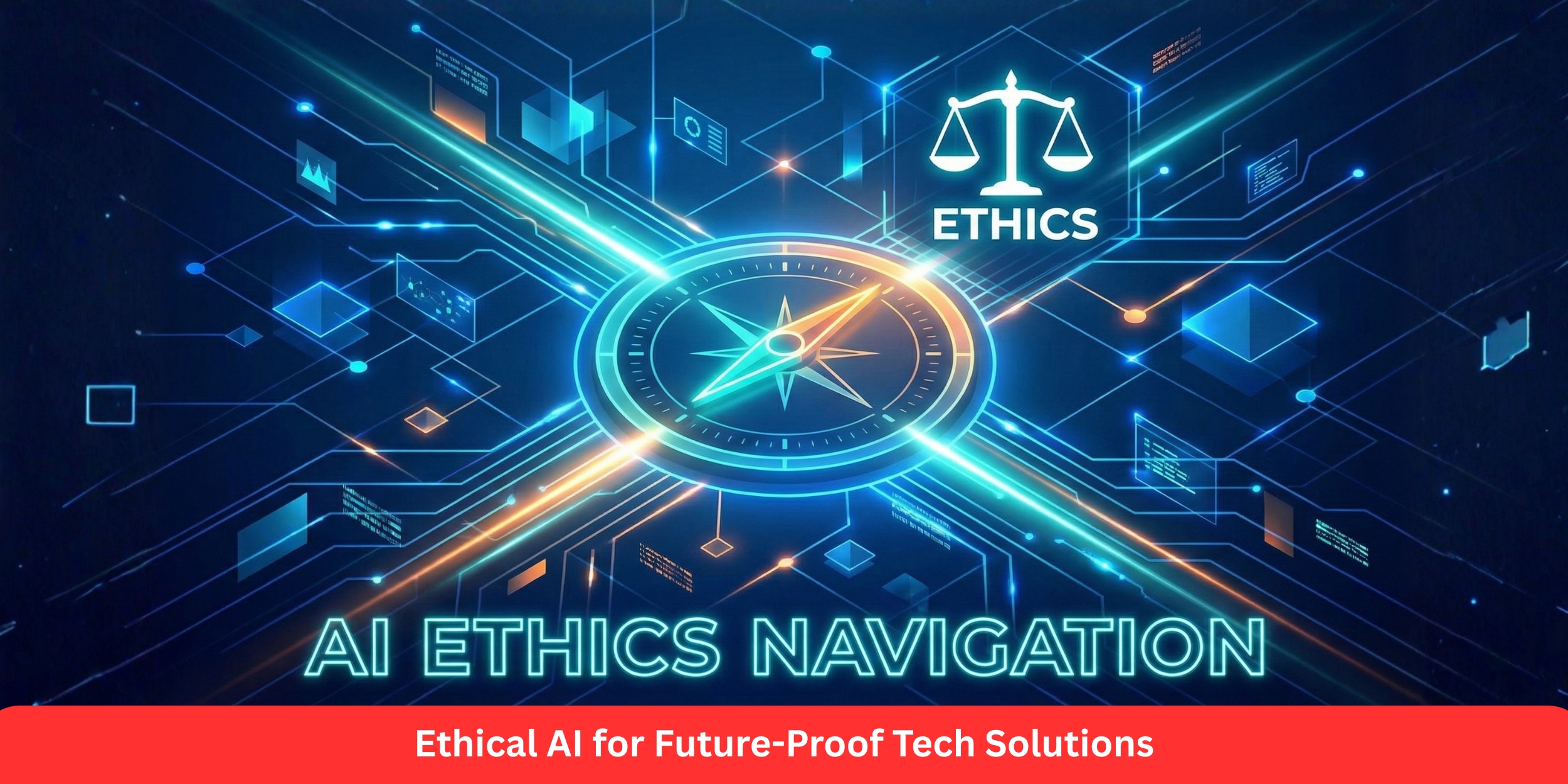
Touchless UI and Motion Design: The Next Usability Frontier in Apps
In 2025, touchless UI and motion design are recognized as cutting-edge advances reshaping how users interact with apps across industries. Moving beyond traditional touchscreens, today's interfaces harness gesture recognition, voice commands, motion sensors, and AI-driven personalization to create intuitive, accessible, and hygienic experiences aligned with modern user behaviors. This fundamental shift is rewriting the rules of usability by blending technology and human-centered design principles to deliver seamless hands-free interaction across devices and contexts.
The Evolution Toward Touchless User Interfaces
Traditional input devices like keyboards, mice, and touchscreens have dominated human-computer interaction (HCI) for decades. However, increasing adoption of smart assistants, IoT devices, AR/VR, and wearables is accelerating the move toward touchless interaction modes. These interfaces rely on interpreting physical gestures, voice, or eye movements, no physical contact required making them both more natural and inclusive.
Key drivers for this shift include:
Health and hygiene concerns: Post-pandemic awareness has heightened demand for reducing germ transmission via touchpoints, especially in healthcare, public spaces, and retail.
Accessibility: Voice and gesture controls empower users with disabilities by reducing dependence on fine motor skills or tactile input.
Speed and convenience: Voice assistants and gesture commands allow instantaneous control often faster than traditional taps or clicks.
Immersive, futuristic experiences: Technologies like eye-tracking and AI-enhanced voice assistants deliver more engaging interaction aligned with user expectations for smart environments.
Technologies Powering Touchless Interaction
Underpinning touchless UIs are advancements in hardware and AI:
Motion sensors (e.g., Leap Motion, Microsoft Kinect) track hand and body movements to translate gestures into commands.
Depth-sensing cameras (e.g., Intel RealSense, Apple TrueDepth) map spatial positions enabling 3D gesture detection.
Speech recognition engines allow natural language voice commands with increasing accuracy due to machine learning.
AI-powered personalization adapts interfaces dynamically in real-time based on contextual user behavior and preferences.
These technologies collectively facilitate context-aware, multimodal interactions, where users can seamlessly shift between voice, gesture, and visual feedback without explicit input device dependency.
Motion Design: The Dynamic Glue of Touchless UX
Motion design is fundamental in enhancing usability for touchless UI by providing critical visual and interactive feedback. Far beyond aesthetic flourishes, well-crafted motion helps:
Guide users through navigation flows by signaling system responses promptly
Communicate relationships between UI elements spatially and temporally
Convey status and transitions subtly for clarity and engagement
Create memorable personality and emotional resonance in the product
Some top UI trends in 2025 highlight the increasing importance of motion as feedback, combined with emerging design aesthetics like Neumorphism and spatial design to enrich user experiences without cluttering interfaces.
Use Cases Across Key Industries
Industry
Applications
Healthcare
Voice-enabled medical devices, gesture-controlled diagnostic tools reduce contamination risk
Retail
AI-driven kiosks, smart checkout systems allowing touch-free shopping
Automotive
Gesture recognition and voice commands improve driver safety and in-car infotainment
Smart Homes
Voice assistants like Alexa and Google Home streamline automation through natural language
Touchless UI combined with motion design is redefining app usability in fields including: These examples show that touchless interfaces not only increase efficiency but also foster safer and more accessible environments where traditional interaction is constrained or undesirable.
Designing for Touchless UI and Motion: Challenges and Best Practices
While promising, touchless UI and motion design present unique design and development challenges:
Gesture intuitiveness: Gestures must feel like natural extensions of human intent, minimizing cognitive load and avoiding complex or ambiguous motions.
Real-time responsiveness: Immediate and consistent feedback is critical to prevent user frustration caused by lag or misinterpretation.
Visual and auditory guidance: Clear prompts via motion design and audio cues help users understand available gestures and system state without overwhelming the senses.
Accessibility considerations: Developers must ensure multimodal input supports diverse user abilities and contexts effectively.
Context-awareness: Systems should adapt to environmental factors like lighting or noise that can affect gesture and voice recognition.
Adopting these principles requires cross-disciplinary collaboration among UX/UI designers, AI specialists, and hardware engineers to deliver seamless experiences.
The Future Outlook for App Usability
The convergence of AI, IoT, AR/VR, and sophisticated sensors will continue advancing touchless UI and motion design as core elements of next-generation app usability. Designers will increasingly rely on multimodal interactions where voice, gesture, and motion combine fluidly, enabling highly personalized, efficient, and immersive user experiences.
Investing in these technologies today will position companies to lead in creating user-centric, hygienic, and futuristic apps responsive to evolving consumer expectations.
Key takeaways:
Touchless UI powered by gesture recognition, voice, and AI is transforming usability to enable natural, hands-free interaction.
Motion design plays a crucial role by providing intuitive visual and auditory feedback, enhancing interfaces beyond aesthetics.
Healthcare, retail, automotive, and smart homes are pioneering touchless adoption due to hygiene, safety, and convenience benefits.
Designing effective touchless apps demands intuitive gesture mapping, real-time responsiveness, and inclusive accessibility.
The future of usability lies in seamless multimodal interfaces adaptive to context and user needs, combining AI personalization with natural user interface (NUI) paradigms.
Touchless UI and motion design are no longer futuristic concepts but immediate usability frontiers redefining how we interact with apps in 2025 and beyond. Early adopters stand to unlock superior user engagement, accessibility, and innovation leadership by embracing these transformative trends.





